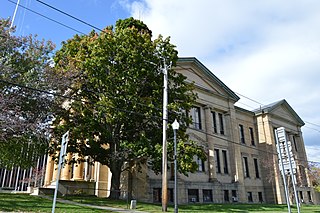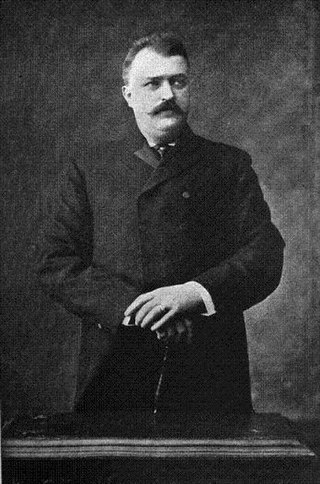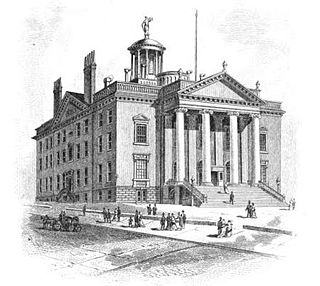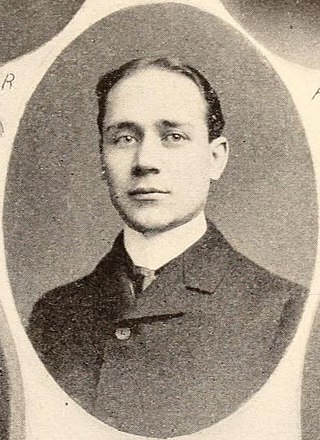
Chautauqua County is the westernmost county in the U.S. state of New York. As of the 2020 census, the population was 127,657. Its county seat is Mayville, and its largest city is Jamestown. Its name is believed to be the lone surviving remnant of the Erie language, a tongue lost in the 17th century Beaver Wars; its meaning is unknown and a subject of speculation. The county was created in 1808 and organized in 1811. The county is part of the Western New York region of the state.

Ripley is a town on Lake Erie in the westernmost part of Chautauqua County, New York, United States. The population was 2,310 at the time of the 2020 census. The town was named after Eleazer Wheelock Ripley, a general in the War of 1812. There are no incorporated villages in the town, but there is one census-designated place: the hamlet of Ripley. The town is perhaps best known as being the western terminus of the New York State Thruway.

John James Blaine was an American lawyer and progressive Republican politician from Grant County, Wisconsin. He was the 24th governor of Wisconsin, serving three terms from 1921 to 1927, and served as United States senator from 1927 to 1933. Earlier, he was the 23rd Attorney General of Wisconsin, a member of the Wisconsin Senate, and mayor of Boscobel, Wisconsin.

George Washington Patterson was an American politician in the U.S. State of New York. He served as a member of the United States House of Representatives and as the lieutenant governor of New York.

Seymour Lowman was an American lawyer and politician from the state of New York. He was also the lieutenant governor of New York from 1925 to 1926.

Richard Joseph Tonry was an American politician from New York.

Patrick Henry Drewry was a Virginia lawyer and Democratic politician who served in the United States House of Representatives and state senate.

Samuel Frederick Nixon was an American businessman and politician.

John Thomas McDonough was an American lawyer and politician.

The 50th New York State Legislature, consisting of the New York State Senate and the New York State Assembly, met from January 2 to December 4, 1827, during the third year of DeWitt Clinton's second tenure as Governor of New York, in Albany.

Fred W. Hammond was an American lawyer and politician from New York.

The 148th New York State Legislature, consisting of the New York State Senate and the New York State Assembly, met from January 7 to June 26, 1925, during the third year of Al Smith's second tenure as Governor of New York, in Albany.

The 150th New York State Legislature, consisting of the New York State Senate and the New York State Assembly, met from January 5 to March 25, 1927, during the fifth year of Al Smith's second tenure as Governor of New York, in Albany.

The 156th New York State Legislature, consisting of the New York State Senate and the New York State Assembly, met from January 4 to October 19, 1933, during the first year of Herbert H. Lehman's governorship, in Albany.

The 157th New York State Legislature, consisting of the New York State Senate and the New York State Assembly, met from January 3 to August 18, 1934, during the second year of Herbert H. Lehman's governorship, in Albany.
Fred LeRoy Porter was an American politician from New York.
The California Progressive Party, also named California Bull Moose, was a political party that flourished from 1912 to 1944 and lasted through the 1960s.
James Harrington Underwood was an American farmer and politician from New York.
Kenneth Hearn Fake was an American politician and insurance agent from New York.
George Joseph Moore was a Canadian-American lawyer and politician from New York.